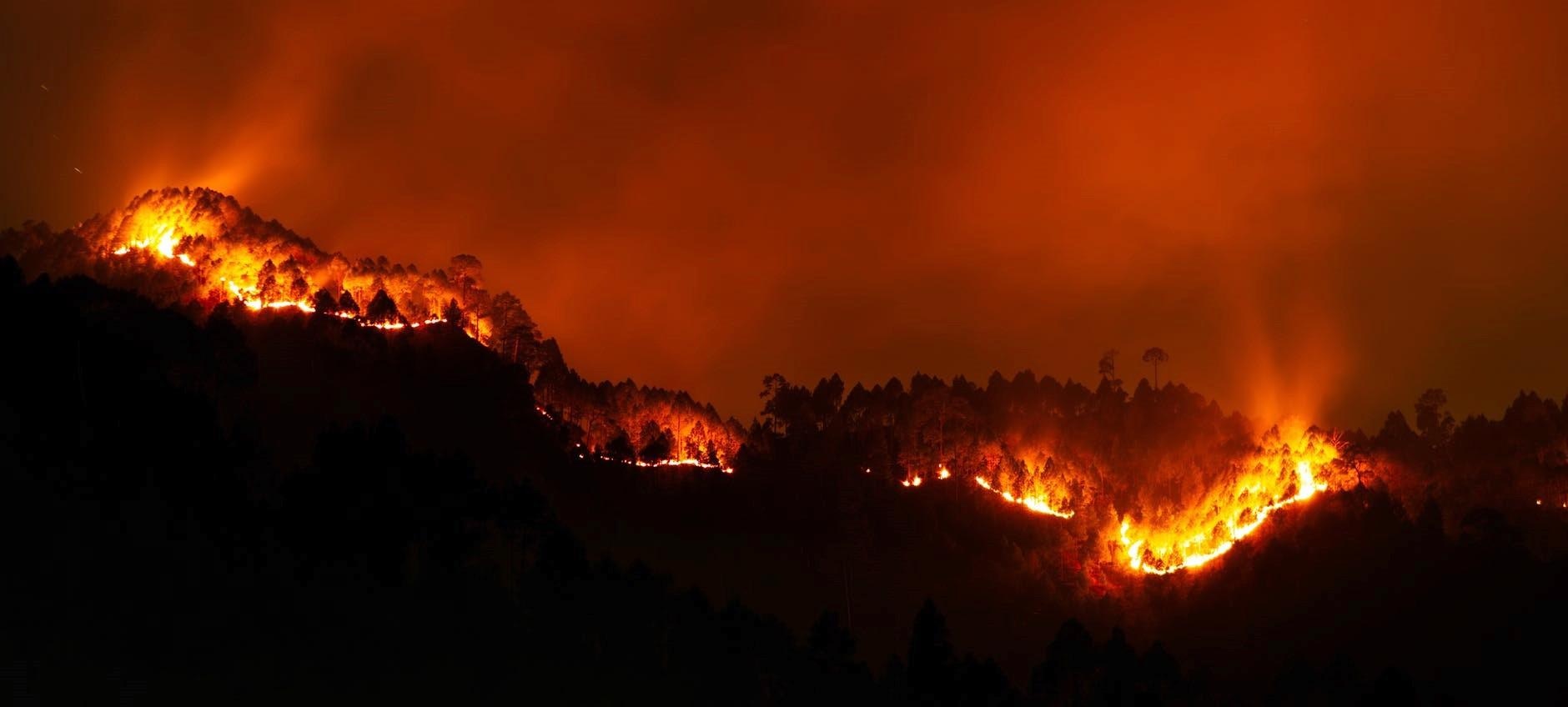An international study has discovered that Canadians are prone to the highest comparative risk of respiratory mortality caused by wildfire pollution, where Regina and Saskatoon are among the worst hit.

Image Credit: University of Ottawa.
The study is an unparalleled multi-city and multi-country collaboration that examined the influence of short-term exposure to air pollution on mortality and evaluated the impact of forest fire smoke on mortality by pooling data obtained from 749 individual cities in 43 countries for 17 years.
The study has been published in The Lancet Planetary Health journal.
Éric Lavigne, Adjunct Professor in the School of Epidemiology and Public Health at the University of Ottawa’s Faculty of Medicine, is one of the international authors who was involved in the study. He offered a better understanding of the results.
How was the Study Conducted?
A chemical transport model was used to evaluate daily wildfire-derived fine particulate matter (PM2.5) exposure, and a time series model was employed to investigate the association between exposure and mortality in every city.
What was Found?
As far as the first three days of exposure were concerned, considerable increases were noted in the risks of all causes, including respiratory and cardiovascular mortality. On the whole, nearly 0.4% of total mortality is accountable to wildfire smoke.
Saskatoon and Regina came under the cities with the highest levels of PM2.5 while Canada was determined to be one of the countries that had the highest relative risk for respiratory mortality. It is essential to note that the relative risk for Canada is relative to the one noticed in the United States.
Were the Findings Surprising?
It is not a surprising fact to notice that the threat of wildfire particle pollution is higher for respiratory mortality compared to that of cardiovascular mortality or all-cause mortality. It is essential to note that 0.32% of all yearly respiratory mortality events in Canada are caused by wildfires.
Why are Rates so High in Saskatchewan?
It is not clear and this was a surprising finding that mandates additional validation through further studies. Yet, this is information that public health officials should know.
What Kind of Urgent Action can be Taken to Reduce Health Risks from the Increasing Wildfires?
The findings of the study are directly applicable to Canada and reinforce the proof of the need for public health measures to tackle wildfire smoke, particularly in connection with climate change.
There is a need for further research to assess wildfire pollutants and to determine susceptible populations and provoke public responses to wildfire-related air pollution and action to prevent exposure.
Journal Reference:
Chen, G., et al. (2021) Mortality risk attributable to wildfire-related PM2·5 pollution: a global time series study in 749 locations. The Lancet Planetary Health. doi.org/10.1016/S2542-5196(21)00200-X.